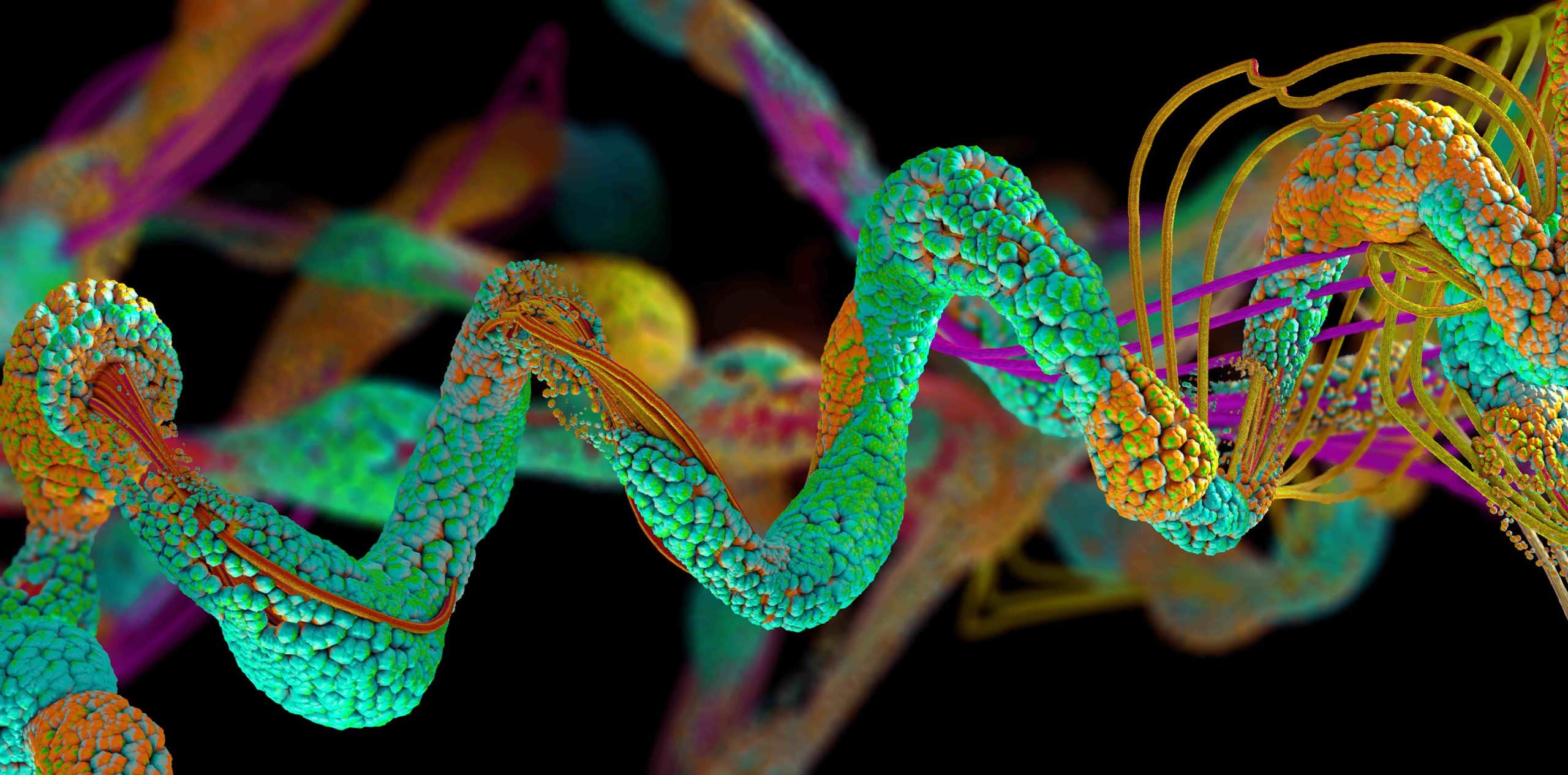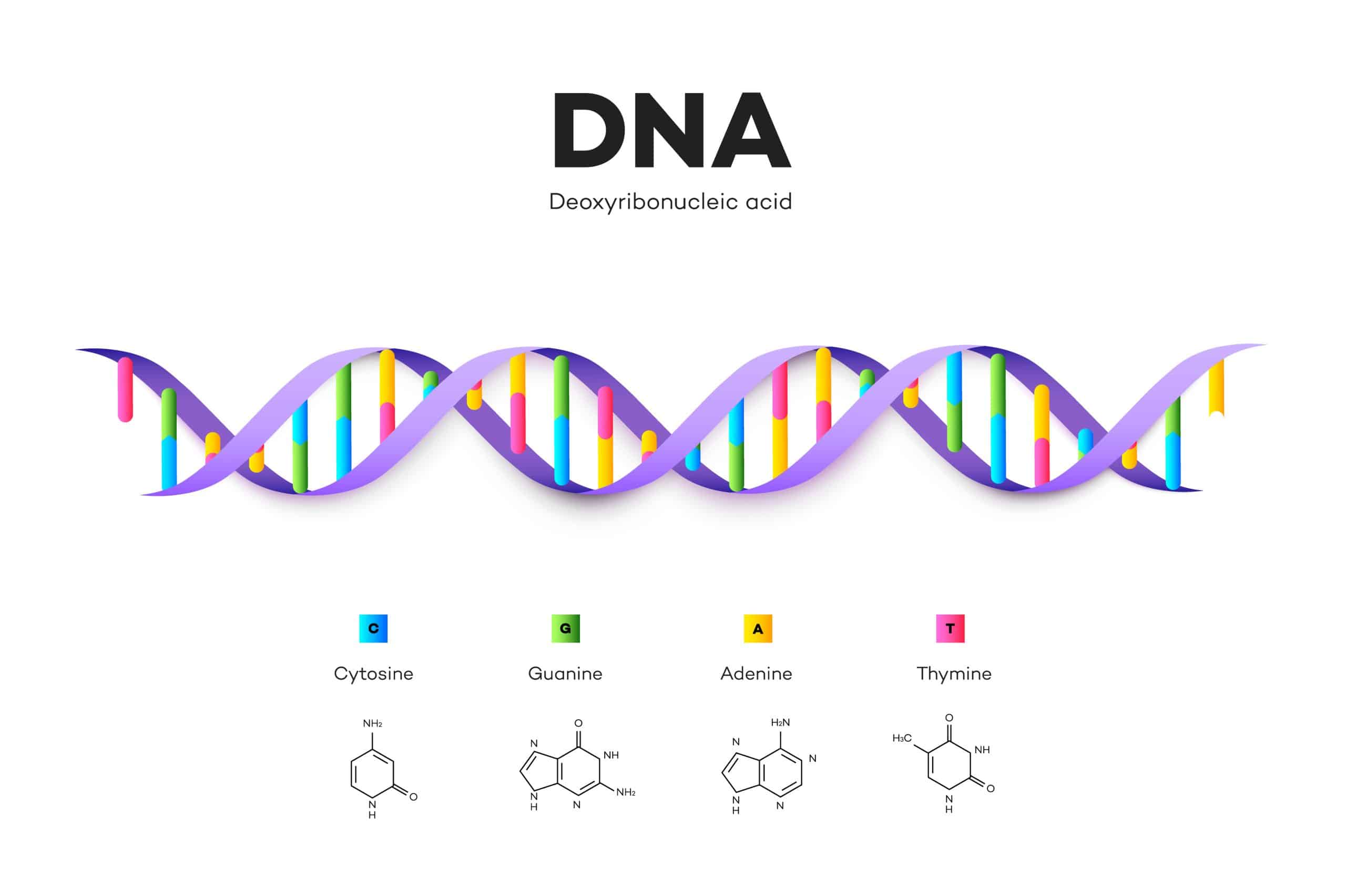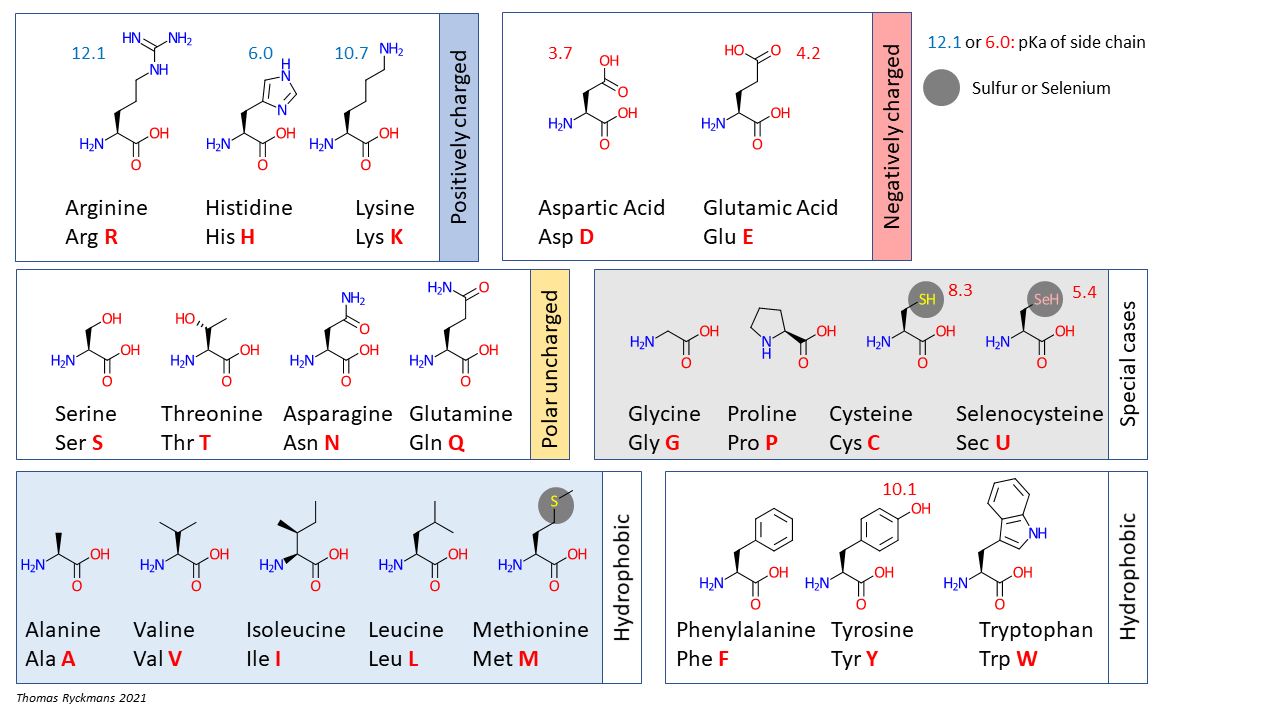
AI has already changed the world in a few major ways but scientists think that this is only the beginning. They predict that AI could easily change the world by advancing Biology to a point that seemed impossible years or months ago.
What Makes Biology So Susceptible to AI Advances?
Biology is viewed as one of the final frontiers of science. Its complexity is so vast that even the significant progress we have made only scratches the surface of what we don’t know. Artificial intelligence can rapidly accelerate growth in this area, possibly leading to some of the most important discoveries in scientific history.
We think we mostly understand the very basics of most biological systems (with the notable exception of consciousness) but the products of these systems are so varied and expansive that studying all of them one-by-one would take an eternity. This is where AI comes in.
As biology, and especially the subsets of biochemistry and molecular biology, advanced over the past centuries and decades it became much less mythical and magical and a lot more analytical and almost digital.

The discovery of DNA and the research that explained its function paved the way for AI and computing to enhance our knowledge of the subject. DNA works like computer code. It has a double-helix structure made up of 2 strings of nucleotides arranged in a certain order. Each set of 3 nucleotides in a coding part of DNA (not all DNA codes for proteins) specifies a particular protein.
When the right proteins read a messenger copy made from this code, they will build the correct proteins out of amino acids. The code is extremely simple. There are 4 base nucleotides in DNA. Every amino acid is encoded by a 3 nucleotide-long code.

Despite the simplicity of this system, the potential results are nearly endless. There are 20 standard amino acids (and another 2 used in special circumstances), meaning that there is an almost endless number of possible protein configurations. The number increases further because differing factors such as the order of amino acids and how the protein is folded in 3 dimensions also completely change the protein and its function.
When humans study proteins with the help of computers they can slowly work out the structures and functions of some already known proteins with microscopes and complex technology like X-Ray Crystallography but the process is slow. AI has the ability to predict the structures, functions, and even work out what molecules can activate or deactivate them at an astounding rate.
Generative AIs such as large language models (LLMs) can do this by learning from all of our existing data and understanding of proteins, accurately and efficiently extrapolating the information. As they continue to unravel the possibilities of proteins and their assumptions are verified, they can use that data to exponentially advance biology.
What Kind of Advances Could Result From AI in Biology?
Proteins are easily some of the most important parts of all biological systems. With them, life wouldn’t exist. They are essentially molecule-sized machines that carry out most functions in living organisms. This makes them an extremely worthy target for medicinal research.
With a greater understanding of proteins, drug development of all kinds is exorbitantly easier. First, it could be used to identify better drugs that fit perfectly into specific protein receptors and activate or inhibit them, depending on the desired outcome. It could also be used to guess at potential side effects for these molecules to ensure precious research funds aren’t wasted on dangerous drug products.
Even more exciting are the prospects in biologics, which are simply large molecules produced from living cells. Examples of useful biologics are vaccines, blood components, gene therapy, and recombinant proteins. All of these are important medicinal tools today with the potential for advancement with the help of AI but gene therapy and protein therapy are likely the most exciting.
Advances in proteins also necessarily entails advances in genetics, leading the way to incredible advancement in gene therapy. Gene therapy is in its infancy with only about 27 total approved in the US, most of which are used to treat certain cancers. With the help of AI and other recently discovered techniques such as CRISPR-CAS9 therapy, this could multiply in a matter of a few years.
The potential for gene therapy is nearly endless as it functions at the foundation of all organisms. W. French Anderson, MD, known as the “father of gene therapy,” predicted that there would be a gene therapy for every single disease by 2053. This is certainly an optimistic prediction but it’s not out of the realm of possibility.
Protein therapy also holds almost as much potential as gene therapy if not more. As another integral foundation of life, they could be used to change almost anything in the body.
Eventually when AIs have furthered our understanding of proteins enough, they may be able to eventually build entirely new proteins, expanding their utility nearly infinitely. If that wasn’t enough, they could make the base components of proteins (namely amino acids) more complex and build new proteins, creating even more possibilities for their use. Eventually, it could start improving on the human body instead of simply fixing diseases.
Related Articles:
- Best Biotech Stocks to Watch in 2023
- AI is Already Revolutionizing Medicine – Get Ready For the Next Era of Health
- What is Artificial Intelligence? How Is It Affecting Humanity?
What's the Best Crypto to Buy Now?
- B2C Listed the Top Rated Cryptocurrencies for 2023
- Get Early Access to Presales & Private Sales
- KYC Verified & Audited, Public Teams
- Most Voted for Tokens on CoinSniper
- Upcoming Listings on Exchanges, NFT Drops